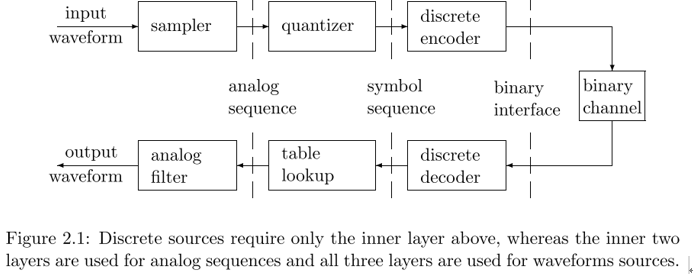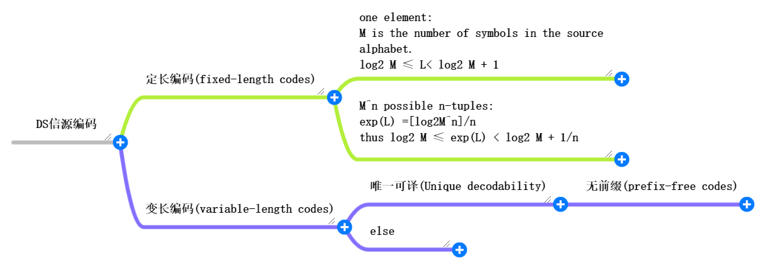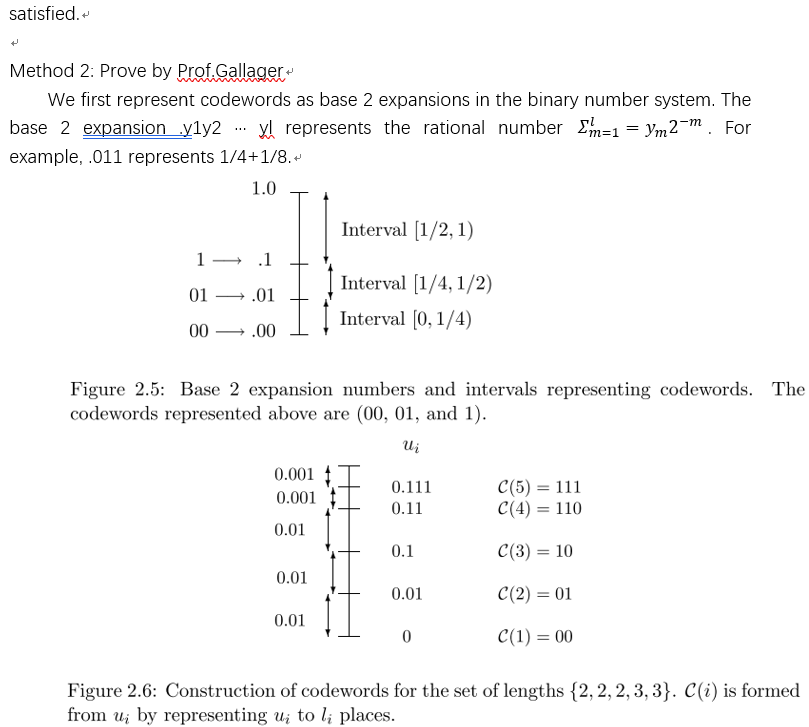Keywords: Source types, Discrete source coding, Kraft inequality
1. Source classes
About Figure 1.1 in LESSON1, the source encoder converts the sequence of symbols from the source to a sequence of binary digits, preferably using as few binary digits per symbol as possible.
Thus, we first distinguish between three important classes of sources:
- Discrete sources, which is a toy source and we will begin with it. The output is a sequence of symbols like ABCDEFG.
- Analog waveform sources. The output, in the simplest case, is an analog real waveform, for example, a speech waveform.
- Discrete-time sources with analog values (analog sequence sources).

2. Discrete Sources coding


2.1 The Kraft inequality for prefix-free codes:
The Kraft inequality [17] is a condition determining whether it is possible to construct a prefix-free code for a given discrete source alphabet X = {a1,... ,aM } with a given set of codeword lengths {l(aj ); 1 ≤ j ≤ M}.


